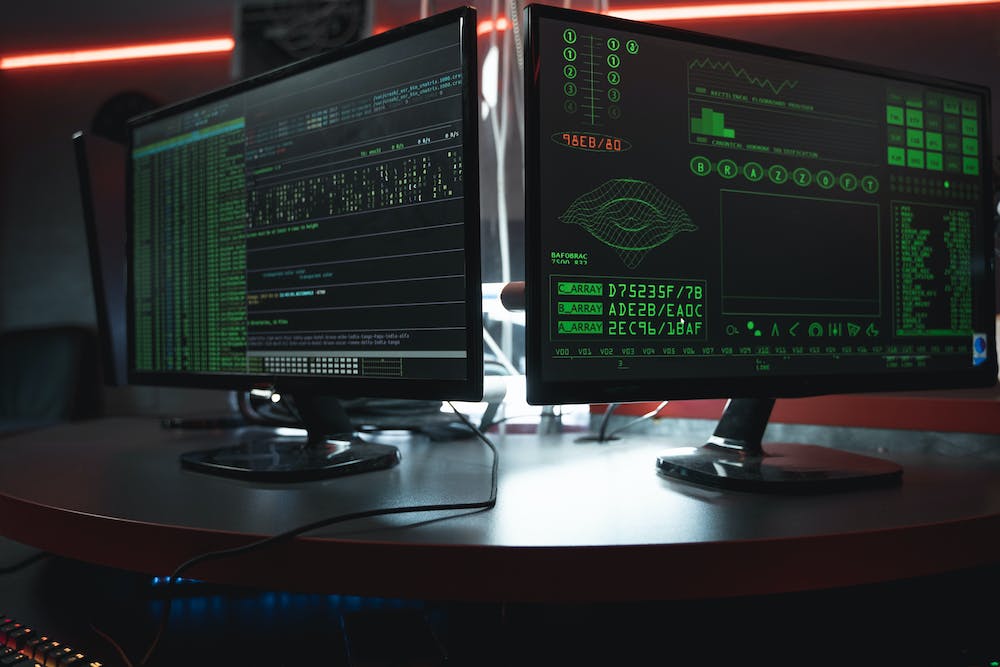
A real-time operating system (RTOS) is a type of operating system that is designed to handle real-time data processing. IT is used in applications where timing is critical and where tasks must be performed within a specific time frame. Real-time operating systems are commonly used in industries such as automotive, aerospace, medical, and industrial automation.
Key Features of Real-Time Operating Systems
Real-time operating systems have several key features that set them apart from general-purpose operating systems. These features include:
- Deterministic behavior: RTOSs are designed to provide predictable and consistent response times, making them suitable for time-sensitive applications.
- Task scheduling: RTOSs use a priority-based scheduling algorithm to ensure that critical tasks are executed in a timely manner.
- Interrupt handling: RTOSs are optimized for handling interrupts, allowing for rapid response to external events.
- Resource management: RTOSs manage system resources efficiently, ensuring that tasks have access to the necessary resources when needed.
- Reliability: RTOSs are designed to be robust and reliable, with built-in mechanisms for handling errors and faults.
- Low latency: RTOSs have low interrupt latency and context-switching times, making them suitable for real-time applications.
Types of Real-Time Operating Systems
There are two main types of real-time operating systems: hard real-time and soft real-time. Hard real-time operating systems are designed to guarantee that critical tasks are executed within a specified deadline. Examples of hard real-time operating systems include VxWorks and QNX. Soft real-time operating systems, on the other hand, provide best-effort real-time performance but do not guarantee strict adherence to deadlines. Examples of soft real-time operating systems include Linux and Windows CE.
Applications of Real-Time Operating Systems
Real-time operating systems are used in a wide range of applications, including:
- Automotive: RTOSs are used in automotive applications such as engine control, anti-lock braking systems, and infotainment systems.
- Aerospace: RTOSs are used in aircraft control systems, avionics, and flight management systems.
- Medical: RTOSs are used in medical devices such as patient monitors, infusion pumps, and medical imaging systems.
- Industrial automation: RTOSs are used in industrial control systems, robotics, and manufacturing systems.
Conclusion
Real-time operating systems play a critical role in ensuring that time-sensitive tasks are executed with precision and timing. With their deterministic behavior, task scheduling, and low latency, RTOSs are well-suited for applications where timing is crucial. As technology continues to advance, the demand for real-time operating systems in various industries is expected to grow, driving further innovation and development in the field.
FAQs
What are the main characteristics of a real-time operating system?
Real-time operating systems are characterized by their deterministic behavior, task scheduling, interrupt handling, resource management, reliability, and low latency.
What are the types of real-time operating systems?
There are two main types of real-time operating systems: hard real-time and soft real-time. Hard real-time operating systems guarantee strict adherence to deadlines, while soft real-time operating systems provide best-effort real-time performance.
What are some examples of real-time operating systems?
Examples of real-time operating systems include VxWorks, QNX, Linux, and Windows CE, each with its own specific use cases and applications.
Where are real-time operating systems used?
Real-time operating systems are used in applications such as automotive, aerospace, medical devices, and industrial automation, where timing and precision are critical.





